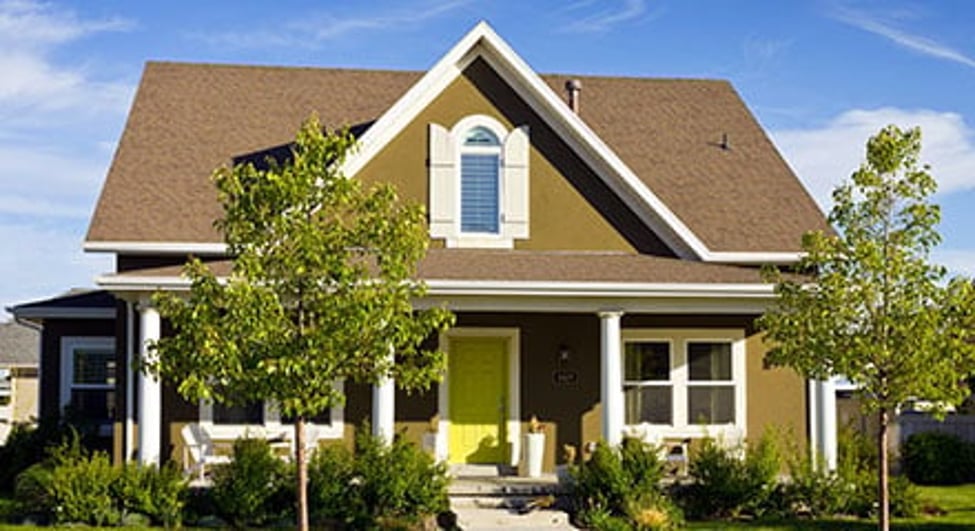Installing a security system in your home can provide peace of mind and enhance the safety of your family and property. However, before you embark on this project, there are several important factors to think about. From choosing the right system to understanding the installation process, here's what you need to know.
Types of security systems
There are several types of security systems available, each offering different features and levels of protection. The most common types include:
- Monitored ─ These systems are connected to a monitoring centre that can alert the authorities in case of an emergency, such as a break in or fire.
- Unmonitored ─ Unmonitored systems set off a loud alarm when a sensor is triggered but do not alert a monitoring centre.
- Wireless ─ These systems use wireless technology to communicate between sensors and the control panel, making them easier to install and less prone to tampering.
- Wired ─ These use wires to connect the sensors to the control panel, offering a more reliable connection but requiring more complex installation.
Features to consider
When selecting a security system, consider the features that are most valuable to you. Here are key ones to consider:
- Motion sensors ─ These detect motion and can trigger an alarm.
- Door and window sensors ─ These sensors trigger an alarm when a door or window is opened.
- Security cameras ─ Cameras can offer video surveillance of your property, allowing you to monitor your home remotely.
- Smart home integration ─ Some security systems can be integrated with smart home devices, letting you control the security system remotely.
Placement of sensors and cameras
Proper placement of sensors and cameras is crucial to the effectiveness of your security system. Sensors should be placed on all doors and windows, as well as in high-traffic areas. Cameras are best placed in strategic locations to give maximum coverage of your property.
System monitoring
If you choose a monitored system, you'll need to decide how you want it to be tracked. Some systems are overseen by a third-party monitoring Centre, while others can be monitored directly from your smartphone or computer.
Testing and maintenance
Once your security system is installed, it's critical to test it regularly to ensure that it's functioning properly. You should also perform regular maintenance, such as changing batteries and cleaning sensors, to keep your system in good working order.
Cost considerations
The price of a security system can vary widely depending on the type of system you choose and the features you select. In addition to the initial cost of the system, you should also consider any monthly monitoring fees and the expense of ongoing maintenance and repairs.
Legal ramifications
Before installing a security system, be sure to familiarize yourself with any local laws or regulations regarding the use of security cameras or alarms. In some areas, there may be restrictions on where cameras can be placed or how loud an alarm can be.
Finally
If you decide to go ahead, you can install your security system yourself or hire a professional to do it for you. DIY installation is typically less expensive but may require more time and effort. Professional installation, on the other hand, ensures that your system is installed correctly and can provide additional peace of mind.


